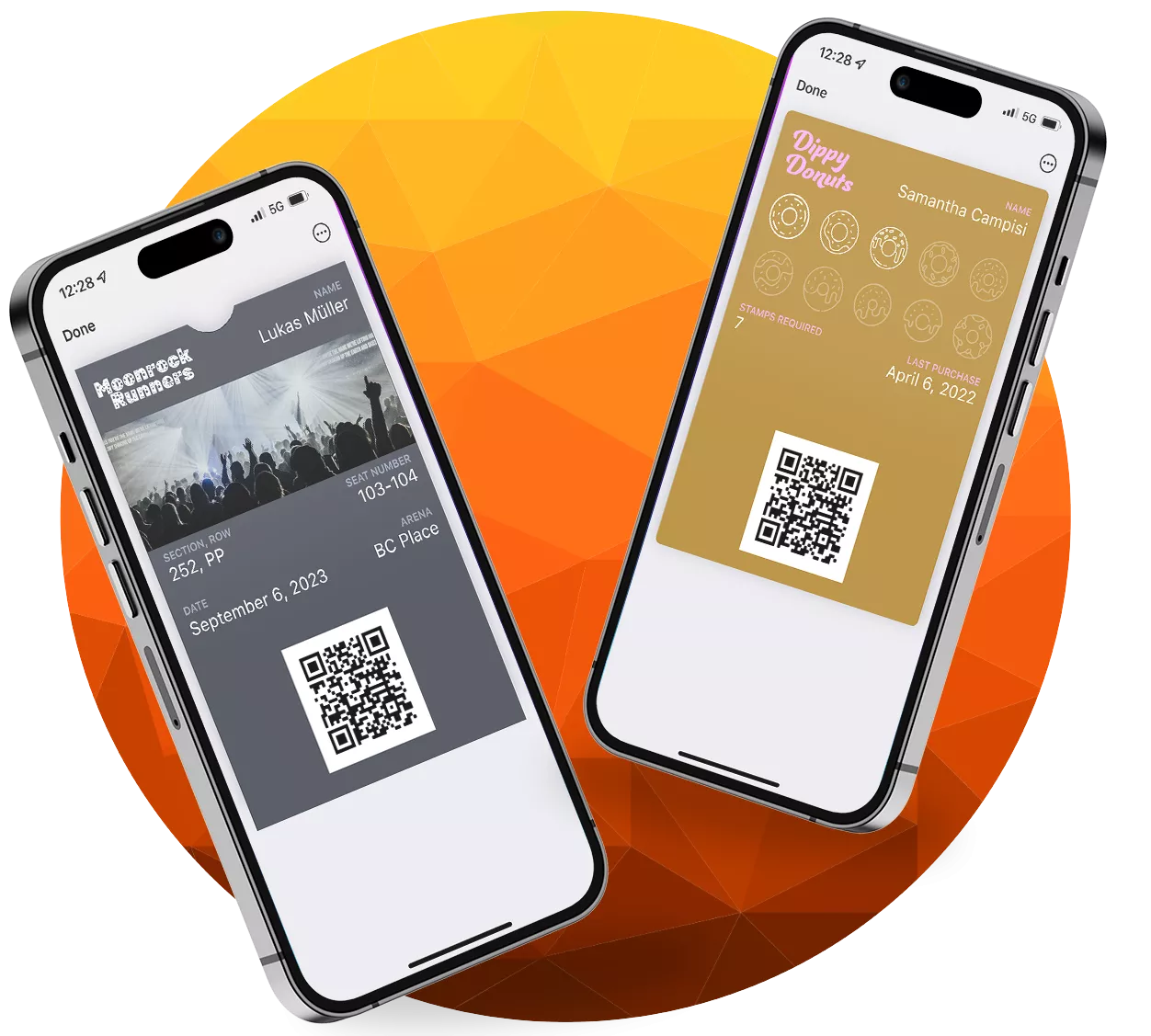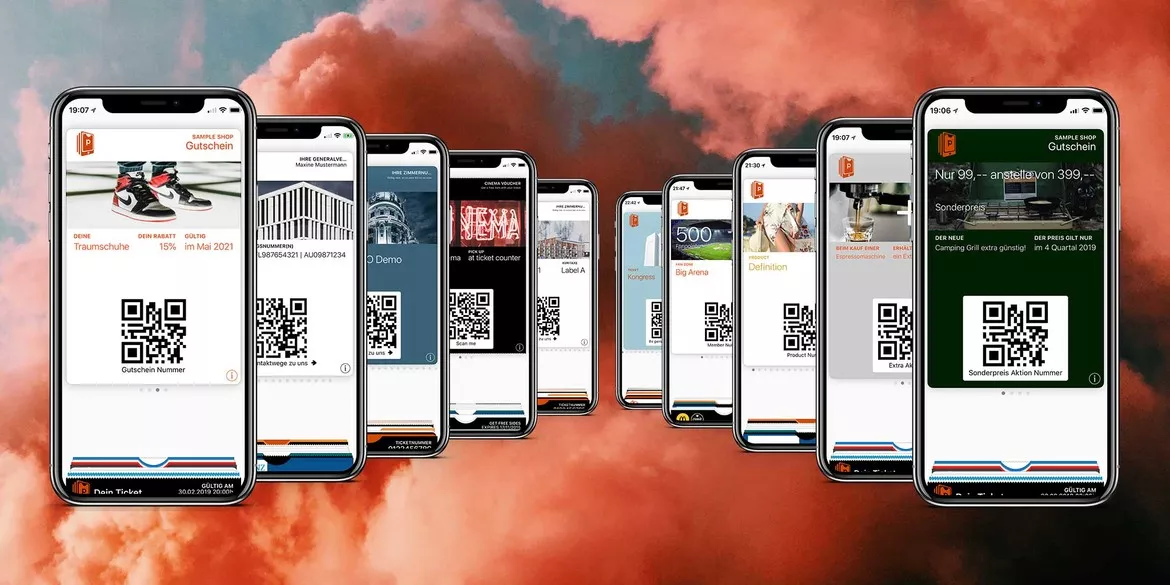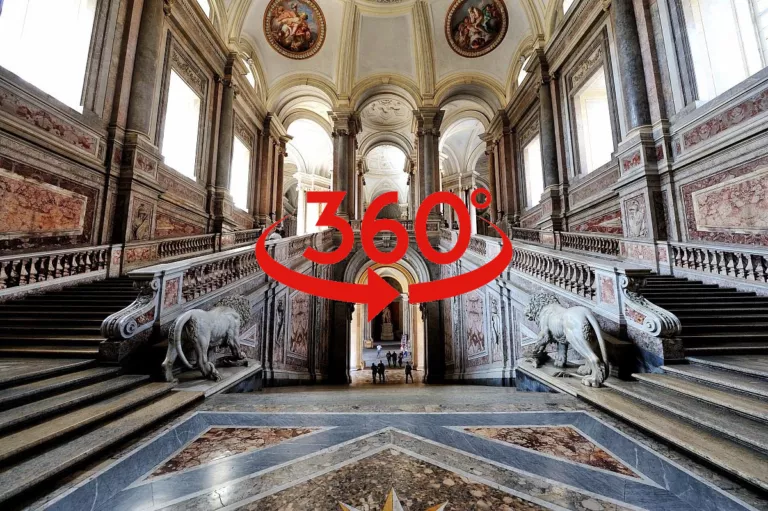The goal of this guide is to explore how a system of Digital passes it can be transformed into an opportunity for scientific, technological and naturalistic museums. These passes are an innovative way to improve the visitor experience, drive more visits, and generate sustainable revenue.
In this guide, we will go into detail about the implementation of these passes, divided by specific segments of the public – schools, tourists and residents.
We will explore the design of personalized passes for each segment, pricing strategies and targeted marketing campaigns.
We'll also discuss the choice of digital pass software, the training needed for staff, and how to handle online payments. Finally, we'll focus on monitoring the effectiveness of the passes, gathering feedback, and how we can use this information for updates and improvements.
Through these phases, we will see how digital passes can become a valuable tool for enhancing the cultural and natural resources of a sectoral network, while offering a valuable service for visitors.
Table of Contents
What is a Digital Pass
The digital pass is an innovative solution that allows visitors to access a wide range of museums and attractions with a single e-ticket. Once purchased online, the digital pass can be stored on the visitor's smartphone and scanned at the entrance of each attraction. Not only does this make it easier for visitors to plan and enjoy their visit, but it also gives each property the opportunity to collect valuable visitor data to further improve the experience and offerings.

Visitor profile: Schools, tourists and residents
The network of science, technology and nature museums attracts a wide range of visitors from three main segments: schools, tourists and residents. Understanding the features and needs of each segment is crucial to designing effective digital passes.
- Schools: This segment accounts for an average of 60% of visitors. Schools are looking for engaging educational experiences that can complement their curriculum. Typically, they organize visits during the school year and may be interested in annual passes that allow an unlimited number of visits to one or more facilities.
- Tourists: Tourists make up about 35% of visitors. They seek unique and memorable experiences during their visit to the region. Tourists may be interested in short passes (e.g., 3-7 days) that allow them to visit as many attractions as possible.
- Residents: These account for just under 5% of visitors, but they have the potential to become regular visitors if offered the right incentives. They may be interested in annual passes that offer unlimited access and exclusive benefits.
The three types of visitors have different needs and expectations.
- Schools: Schools need flexibility to accommodate group visits and various educational needs. They would appreciate digital passes that offer access to special events and exhibitions that can enrich the educational experience of students. Buying online can simplify logistics and planning.
- Tourists: This segment seeks memorable experiences and the chance to discover the cultural and natural richness of the region. A digital pass that offers access to a wide range of attractions can make their visit easier and more rewarding. They may be interested in special offers that include, for example, local transportation.
- Residents: Residents may be looking for an opportunity to exploit the cultural resources of their region in their spare time. A digital pass can incentivize regular visits, offering value for money and access to special events. Exclusive benefits, such as priority access or guest discounts, can be particularly appreciated for this segment.
Pass design
Before moving on to designing digital passes specific to each audience segment, it's important to establish some general guidelines:
- Ease of Use: The digital pass should be easy to purchase, download, and use. It must be compatible with various mobile devices and have a user-friendly interface.
- Safety: The digital pass must be secure and resistant to fraud. You may need to include security measures such as unique QR codes or NFC technology.
- Flexibility: The digital pass should offer different options to meet the needs of different visitors. For example, it should have different durations (e.g., 1 day, 3 days, 7 days, annual) and offer access to different combinations of attractions.
- Value added: In addition to access to attractions, the digital pass could offer additional benefits such as priority access, discounts on special events or museum shops, and more.
Design of specific passes for schools
Designing a digital pass for schools requires an understanding of their specific needs and expectations. Here are some considerations:
- Duration: An annual pass may be the best choice for schools, as it allows them to organise visits throughout the school year.
- Features: The school pass could offer unlimited access to all facilities in the network, making it easier for schools to plan various educational itineraries. It could also include access to special events, presentations, or workshops designed specifically for students.
- Type of access: Since schools visit museums in groups, it may be useful to provide a type of access that facilitates group visits. For example, a pass might allow a fixed number of students and teachers to enter, or it might have a cost per student with a minimum number of participants.
- Reservations: The ability to book in advance and easily change bookings could be very useful for schools, which need to manage travel plans for groups of students.
- Educational Materials: Adding related learning materials to museum collections could add further value to the pass, making it a valuable tool for classroom learning. These materials could be made available digitally and linked directly to school passes.
Design of specific passes for tourists
Tourists are looking to maximize their experiences while visiting the region, so designing a digital pass for tourists should take these needs into account.
- Duration: Since the length of your sightseeing visit may vary, it makes sense to offer different validity options for your tourist pass. There may be 1-day, 3-day, or 7-day passes available, and even 14-day options for tourists spending more time in the region.
- Features: The tourist pass should ideally offer unlimited access to all the facilities in the network. This allows tourists to plan their itinerary freely and visit as many attractions as possible. To add extra value, the pass may include privileged access or discounts for special events.
- Type of access: The tourist pass should allow easy and hassle-free access to each attraction. It should be possible to scan the pass directly from the tourist's smartphone at the entrance.
- Extra Options: Extra options specifically designed for tourists may be offered. For example, this could include a transportation package that allows unlimited travel on local public transportation, or discounts for local souvenir shops or restaurants. This makes the digital pass not only a ticket to museums, but a real "travel companion" that can help tourists discover the region to the fullest.
- Digital tour guide: It may be helpful to include a digital travel guide that provides detailed information about each property, suggestions on what to see and do, and interactive maps. This can help tourists plan their visits and discover new attractions.
- Flexible purchasing: Tourists should be able to purchase the digital pass before their arrival or during their stay. It may be useful to offer the digital pass through various channels, such as the museum network website, travel websites, travel agencies, hotels, and so on.
Designing Resident-Specific Passes
Local residents present an opportunity to stimulate regular visits throughout the year. Designing a digital pass for residents involves considering aspects unique to this segment:
- Duration: For residents, an annual pass may be the most suitable option. This would encourage regular visits and make the pass a worthwhile investment compared to buying individual tickets.
- Features: As with the other types of passes, the resident pass should offer unlimited access to all facilities in the network. However, to add extra value, you might consider additional perks such as priority access during busy periods, discounts for special events, or invitations to exclusive previews or events.
- Type of access: The residents' pass should allow easy and hassle-free access to each attraction. It should be possible to scan the pass directly from the resident's smartphone at the entrance.
- Local advantages: For residents, local perks might be particularly appreciated. For example, discounts at local restaurants, shops, or other places of interest could make the pass even more attractive. It could also be considered an "refer a friend" program that offers discounts or incentives for residents who bring in new visitors.
- Community: For residents, the feeling of belonging to a community is important. It may be helpful to integrate social features into your digital pass, such as the ability to share your experiences on social media, or to create a members' club that offers opportunities for special events and meetups.
- Simplified purchase and renewal: The process of purchasing and renewing your pass should be as simple as possible. The option of automatic renewal may be offered, to ensure a seamless transition from one year to the next.
The goal of a residents' pass is not only to encourage museum visits, but also to strengthen the bond between residents and cultural institutions in their region.
General considerations on digital pass pricing
Digital pass pricing plays a key role in ensuring that the strategy is sustainable and attractive to visitors. The price should cover operating costs, generate a reasonable profit, and at the same time offer value for money for visitors. Several factors must be considered:
- Costs: The costs associated with issuing digital passes, such as software maintenance, staff training, marketing costs, and entrance fees to various museums.
- Perceived value: The price should reflect the value the pass offers to visitors, considering unlimited access to different facilities and other exclusive benefits.
- Market Prices: Comparing prices with similar solutions offered in other regions or cities can be helpful in making sure the price is competitive.
- Flexibility: Consider different pricing tiers for different passes, depending on the duration, facilities included, and benefits offered.
Pricing strategies for schools, tourists and residents
- Pricing for schools: For schools, it may be beneficial to offer significant discounts over standard prices. This can be justified by the fact that school visits often involve large numbers of students and can fill museums during periods of low influx. Special prices for teachers or accompanying persons could be considered.
- Pricing for tourists: For tourists, the price of the pass should offer significant savings compared to buying individual tickets for each attraction. Since tourists may not be able to visit all the facilities, the price must reflect good value for money even if only the main museums are visited. It may be useful to offer passes of different lengths (e.g. 1 day, 3 days, 7 days) at different prices to suit the needs of different tourists.
- Pricing for residents: For residents, a reasonably priced annual pass could incentivize regular visits. It may also be useful to offer a reduced price for season ticket renewal, so as to encourage residents to continue using the pass year after year. You could consider a special family price in order to attract visitors of all ages.
General Considerations on the Digital Pass Marketing Campaign
To be successful, your digital pass marketing campaign needs to be carefully planned and targeted, considering different audiences. It is crucial to understand the specific needs and expectations of schools, tourists, and residents in order to develop effective marketing strategies.
Key considerations include choosing the most appropriate communication channels, identifying key messages to communicate, and creating attractive offers. For example, you might consider using email marketing, social media, local advertising, special events, and partnerships with educational entities, travel agencies, or local businesses to reach your target audience.
Additionally, the marketing campaign should highlight the benefits and value that digital passes offer, such as access to a wide range of attractions, the convenience of digital use, and exclusive perks.
Targeted marketing campaigns for schools
Schools represent a significant portion of the audience and require a specific marketing strategy. Here are some tips:
- Direct communication: Send digital pass information directly to schools and school districts, including details on how to purchase and use the pass.
- Educational materials: Create detailed brochures or pamphlets that illustrate the benefits of the digital pass for school visits.
- Special events: Organize special events for schools, such as opening days or workshops, to showcase the value of the digital pass.
- Partnerships: Work with educational entities such as education boards, universities, or teacher organizations to promote the pass.
Targeted marketing campaigns for tourists
Tourists are an important segment to reach through various channels:
- Travel agencies and tour operators: Work with travel agencies to include the digital pass in your travel packages.
- Accommodations: Establish partnerships with hotels, hostels, and vacation rentals to promote the pass to their guests.
- Online advertising: Use platforms such as Google AdWords or social media to reach tourists planning a visit to the region.
- Tourist review sites: Make sure the pass is mentioned and recommended on popular tourist review sites and apps like TripAdvisor.
Targeted marketing campaigns for residents
Resident involvement requires a marketing strategy focused on the local community:
- Local communication: Use local newspapers, radio stations, TV channels, and local social media platforms to promote the pass.
- Community Events: Attend fairs, markets, and other community events to promote the pass to residents.
- Local benefits: Partner with local businesses such as restaurants, shops, or theaters to offer exclusive discounts or benefits to pass holders.
- Referral Program: Incentivize residents to refer friends and family with discounts or perks for each new pass holder they recruit.
Choosing Digital Pass Software
Choosing the right software to manage your digital passes is a key element. There are several solutions on the market, each with different features and options. It is important to choose software that:
- Ensure an easy and secure purchasing process
- Is compatible with various mobile devices
- Offers customization options to create different types of passes
- Allow the scanning of passes at the entrance of the facilities
- Collect and analyze visitation data to help optimize future strategies.
Training for museum staff on the management of digital passes
Once the software has been chosen and customized, it is important to provide proper training to museum staff. They will need to be able to manage the new system, answer visitors' questions and solve any problems. The training should cover:
- The process of purchasing and using passes by visitors
- How to check the validity of passes at the entrance of the facilities
- How to fix common problems
- How to collect feedback from visitors on the pass system.
Online payment management
The digital pass system requires a secure and reliable online payment method. There are many payment platforms that can be integrated into the pass software, offering options such as credit card, PayPal, Google Pay, and so on. It is important to choose a payment platform that is recognized and trusted by visitors, to encourage the purchase of passes. At the same time, the platform you choose should ensure the protection of visitors' personal and financial data, in line with privacy and data protection regulations.
Monitoring the effectiveness of digital passes
Once your digital passes solution is launched, it's crucial to regularly monitor the results to assess the effectiveness of the strategy. This includes analyzing key metrics such as:
- Digital Pass Sales: The total number of digital passes sold, broken down by pass type (schools, tourists, residents) and pass duration.
- Pass Usage: The number of visits made with the pass, broken down by facility and time of year.
- Visitor feedback: Visitor reviews and comments about the passes, collected through surveys or on social media platforms.
Want to learn more about digital passes? Contact us now.


